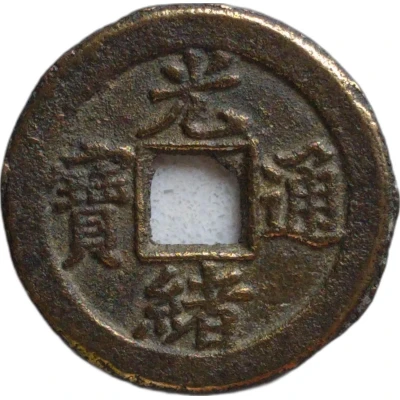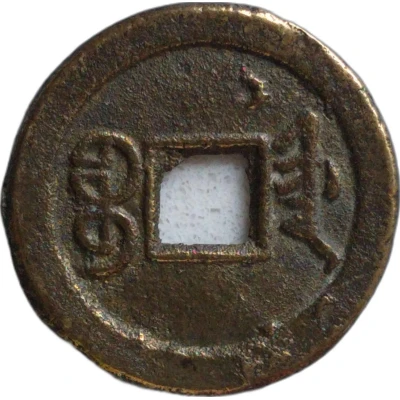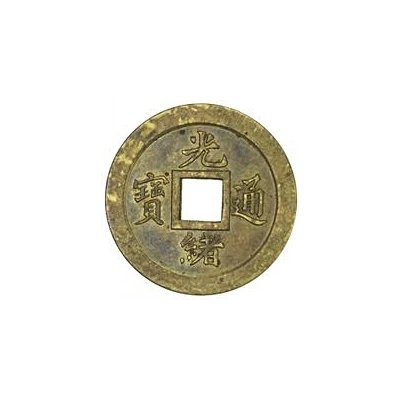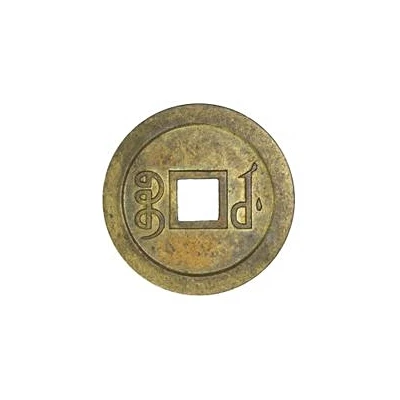1 Cash - Guangxu Tongbao; Boo-jiyen; with line ND
| Brass | - | - |
| Issuer | Empire of China |
|---|---|
| Emperor | Qing dynasty › Guangxu (光緒帝) (1875-1908) |
| Type | Standard circulation coin |
| Years | 1896-1900 |
| Value | 1 Cash |
| Currency | Cash (621-1912) |
| Composition | Brass |
| Shape | Round with a square hole |
| Technique | Cast |
| Orientation | Medal alignment ↑↑ |
| Demonetized | Yes |
| Updated | 2024-10-03 |
| Numista | N#227462 |
|---|---|
| Rarity index | 92% |
Reverse
Two Manchu words (read vertically) separated by the hole, all with horizontal line at various locations.
Script: Mongolian / Manchu
Lettering: ᠪᠣᠣ ᠵᡳᠶᡝᠨ
Translation: Boo-jiyen
Edge
Plain
Interesting fact
One interesting fact about the Standard circulation coin 1 Cash - Guangxu (Tongbao; Boo-jiyen; with line) ND (1896-1900) from Empire of China made of Brass is that it was designed by a French engraver named Jean-Antoine Bovy, who was commissioned by the Chinese government to create a new coinage system for the country. Bovy's design featured a unique blend of traditional Chinese and Western elements, and the coin was produced in several different varieties, including the "with line" variety, which features a horizontal line across the reverse side of the coin. This line was added to help prevent counterfeiting, as it was difficult to reproduce the line accurately. The coin was used widely throughout China during the late Qing dynasty and remains a popular collector's item today.



